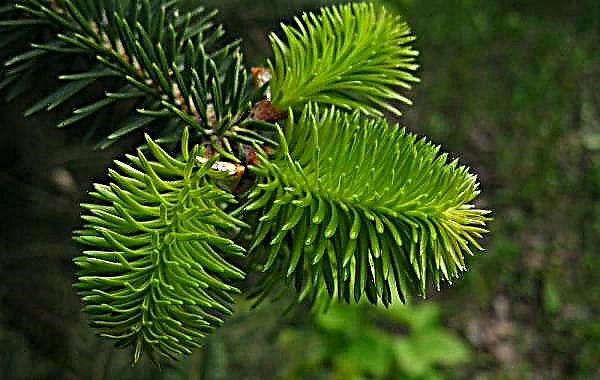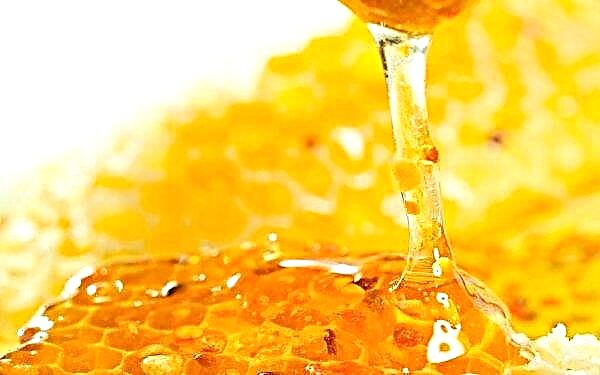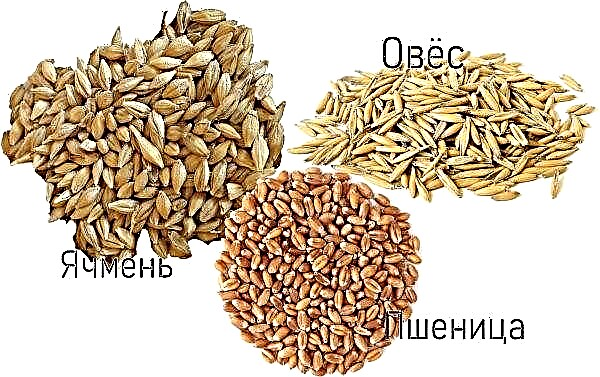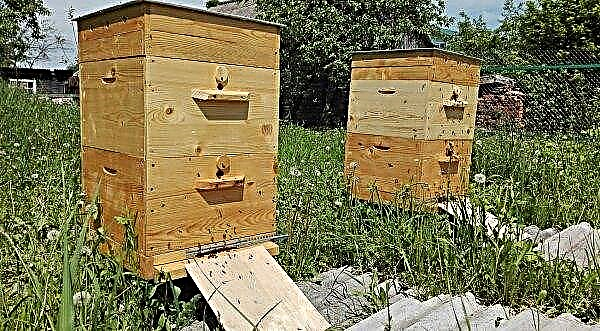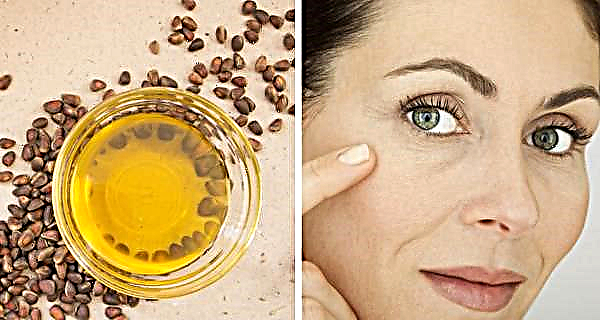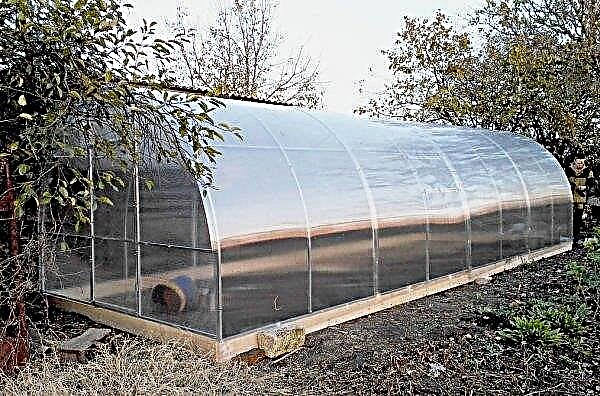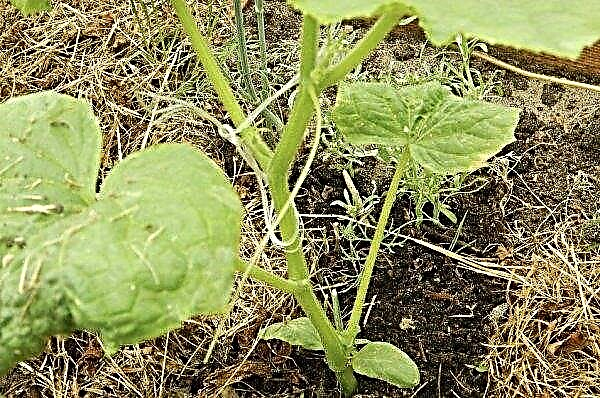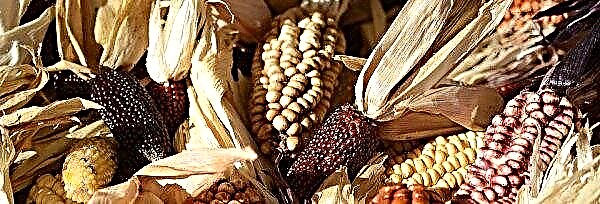Boletus can rightly be called one of the most popular forest gifts among mushroom pickers. Its bright cap helps to instantly find the mushroom among the forest litter, and the rich and bright taste makes it possible to decorate almost any dish. The article describes in detail the characteristics of this variety of the fungus, and also describes its benefits and possible harm.
Mushroom description
Under the name "Boletus" it is customary to understand an extensive group of mushrooms representing the genus Lekcinum, the Boletovye family. Mycologists gradate them into several tens of varieties, however, in most cases, mushroom pickers do not distinguish among them individual morphogroups. In this case, the fruit body can be considered as a boletus with both a brown-red hat and a white one.

What does it look like
Recognizing this mushroom among other inhabitants of the forest is quite simple. This is a fairly large species, with an average hat diameter of 5–20 cm, under favorable conditions in the overgrowth, this section of the fruiting body can increase to 30 cm.
Check out

Hat shape - round, hemispherical. In a young mushroom, it fits snugly to the leg, forming an elongated, conical shape (in the form of a thimble). However acquires a rounded-oblate appearance as it grows.
The peel of the hat is dry, mostly smooth, but some varieties may have a felt structure or velvety. The skin adjoins tightly, it is difficult to separate.
Brown-red or orange-red hue is considered traditional, however there are mushrooms with yellow-brown, red and even white color of the cap surface.
In young fruiting bodies, the hue is most saturated, as it grows, it fades and fades.. The hymenophore is tubular, white in color, however, as it ripens, it can acquire brown tones.
The leg of the fungus is dense and stocky, club-shaped, with a characteristic thickening developing at the base. The surface of the legs is covered with small brown, brown or black scales, the main color of the upper layer is white or grayish shades, and in some species - ocher-yellow tones.
However, in the boletus, white scales are painted in the tone of the cap (light beige or light gray). Mycelium (mycelium) is located in the upper layers of the substrate, at a depth of 20–40 cm.
The pulp of the legs and hats is dense and moderately juicy, fleshy, the fibers are arranged longitudinally. On a cut of fabric, saturated white, however, the hue instantly changes to purple, which is a characteristic feature of the species. The average weight of the boletus is in the range of 0.1–0.15 kg.
Did you know? Mushrooms are among the oldest living creatures on Earth. They existed 400 million years ago and are included in the list of the first organisms with a complex cellular structure.
Where is growing
Boletus is one of the most common mushrooms on the planet., they are found everywhere in the temperate geographical zone of Eurasia and North America. However, some species grow in the Arctic zone, as well as the tundra (boletus white and red).

Most often, this mushroom can be found in coniferous or mixed forests., each fruiting body is in close symbiosis with a partner tree, in the root zone of which the mycelium develops. Boletus boletus grows in small groups, numbering up to several tens of fruiting bodies, lonely mushrooms are quite rare.
An ideal place for mushroom growth is humid lowlands with dense tree-like vegetation, the lower tier of which is covered with thickets of grass, fern, blueberry, moss, etc.
Edible or not
Boletus is one of the main edible mushrooms used in cooking.. With its use, you can cook many dishes, including pickled ones, and it is also great for preparing convenience foods.
However, many doubles of this fungus (especially species with lamellar hymenophore) are inedible. In addition, in most cases, they are the main cause of all kinds of seasonal poisoning.

Varieties and doubles
Today, mycologists and avid mushroom pickers know a huge number of all kinds of boletus.
However, the following types can be called the most common and popular among them:
- red - grows in the basal zone of both deciduous and coniferous trees, and does not have a specific symbiotic affiliation. The main feature of the species is an extremely bright hat, which takes on all kinds of shades of red, red-red or brown-red tones;

- yellow brown - occurs exclusively in areas where symbiosis with birch is possible, and the largest foci of growth are found in birch-aspen and pine-birch forests. The mushroom cap is bright, it is characterized by yellow-brown tones or shades of yellow-sand color;

- white - found in the tundra, arctic and temperate zones. The most suitable for its growth are pine-birch forests and thickets of aspen, where it actively enters into symbiosis with deciduous trees. The color of white boletus is snow-white or grayish, uniformly covers the entire surface of the fruiting body, as well as scales;

- oak - develops exclusively near oak, it can be found in deciduous or coniferous-oak forests. The main distinguishing feature of the mushroom is a light brown hat with a slight orange tint;

- pine - enters into mycorrhiza with pine and bearberry, grows in coniferous-deciduous forests. The color of the cap peel is brown or red-brown, often it is complemented by rich raspberry tones;

- spruce - has a hat and scales on the leg of light brown or chestnut shades. The species grows only in coniferous forests, mainly in spruce stands;

- red-legged - one of the most striking representatives of the genus Lekcinum, its upper part has an uncharacteristic flattened shape, while it differs in a rich pink tint. The leg is covered with pink scales, which acquire yellow ocher tones to the base. This boletus is found in the territories of North America, as well as in countries of East Asia and Costa Rica;
- blackscale - Its main distinguishing feature is the combination of a red-brown hat and contrasting black or chocolate flakes. Mushroom grows in mixed forests of the temperate zone.

The varieties of the fungus described above are absolutely safe for humans and can be freely included in the diet. However in nature there is a dangerous double - “False boletus”. It is customary to distinguish between the so-called gall mushroom (mustard).
Despite its relative safety, even with a small bite, you can get food poisoning. In addition, the pulp of the fruiting body contains strong bitterness, which in the case of preparation of preparations will render the whole volume of the product unusable.
Did you know? Boletus is one of the most precocious mushrooms. It grows no more than 11 days, while at the same time it is capable of «recruit» about 20 g
With due care, it is not difficult to distinguish a false boletus. Inedible mushroom has a uniform light brown or brown-bronze hue. Instead of scales, the surface of his legs is covered with a continuous mesh made of small continuous lines.
 This creates a characteristic “snake skin” ornament. In addition, at the cut, the mustard acquires a brownish-pink hue.
This creates a characteristic “snake skin” ornament. In addition, at the cut, the mustard acquires a brownish-pink hue.
Growing
Boletus is an unpretentious and actively growing mushroom, so it can be grown without any difficulties even at home. For this, windless and darkened areas with moderately water-absorbing soil are suitable. The soil on the future beds should be nutritious, with a high content of organic mixtures.
When growing mushrooms, it should be remembered that they enter into symbiotic relationships with all kinds of deciduous plants. Therefore, the ideal place for growing boletus should be in close proximity to oak, birch, alder, hornbeam, aspen, coniferous plants, etc. To grow home boletus begin in the first half of May.
Carry out the procedure as follows:
- A 30 cm deepening is made in the prepared area if the bed is broken near tree-like vegetation with a shallow arrangement of roots. The soil is removed to the depth of the root system.
- A special nutrient substrate is placed in the pit. It is prepared about 5 days before planting, from equal parts of wood dust and forest litter. After that, compost (9: 1) is added to the mixture of leaves and dust, and then everything is watered with warm water (about 40 ° C).
- Wells are prepared in the substrate at a distance of 25-30 cm, where planting material is placed. The holes are filled up tightly, after which the beds are sprinkled with forest litter or leaves (5 cm layer). In the future, in order to grow the crop correctly, it is enough to periodically water the beds and feed them once a week with a solution of sucrose (10 g per 10 l of water per 1 m²).

For planting use "store" mycelium or natural (forest) planting material. As the latter, forest soil from the place of growth of the fungus or finely chopped hats of mature fruit bodies is used.
The best huge mushroom from the nearest forest is best suited for this, but it does not have to be wormy or affected by other pests.
Important! In winter, the site must be covered with moss, straw or leaf litter, otherwise the mycelium will freeze.
Mushroom benefits
This product is quite valuable and important for the diet, as it contains all kinds of biologically active substances in balanced quantities.
 In the pulp there is an increased concentration of vitamins A, E, C, PP, group B, as well as trace elements such as phosphorus, iron, magnesium and potassium.
In the pulp there is an increased concentration of vitamins A, E, C, PP, group B, as well as trace elements such as phosphorus, iron, magnesium and potassium.
Besides, the amount of protein and nutritional boletus can safely compete with the main types of meat. At the same time, up to 80% of all kinds of amino acids can be easily absorbed by the body, which is not observed with the use of other products.
- All this allows you to:
- strengthen general immunity, as well as protect against all kinds of infections;
- activate the natural processes of blood purification;
- lower blood cholesterol;
- eliminate all kinds of toxic deposits from organs and tissues;
- restore healthy tissue regeneration;
- reduce the excitability of the nervous system;
- normalize the balance of intestinal microflora.
Cooking Application
Use boletus in cooking in the same way as other edible mushrooms. Young fruiting bodies are subjected to stewing, frying and boiling, and can also be prepared from them, including in combination with vegetables.
Such a side dish can perfectly complement almost any vegetable and meat dish. Ripe mushrooms do not represent significant culinary value, but they are the best ingredient for preparing all kinds of dry blanks.
 Often, as it cooks, the flesh of the mushroom loses tenderness. To avoid this, it is recommended to soak the boletus in 0.5% citric acid for several minutes.
Often, as it cooks, the flesh of the mushroom loses tenderness. To avoid this, it is recommended to soak the boletus in 0.5% citric acid for several minutes.
Medical use
Due to the increased concentration of vitamins and minerals, the mushroom has found widespread use in medicine as the main component of all kinds of decoctions and infusions. It is used as part of complex therapy to combat many ailments.
- This allows you to prevent and defeat manifestations:
- atherosclerosis;
- oncological formations;
- dysbiosis;
- diseases of the stomach and intestines;
- all kinds of nervous disorders.
Mushroom danger
Boletus has some contraindications. All kinds of dishes based on it and extracts are prohibited in case of any allergic reactions to mushrooms. It is not recommended to use it in excessive amounts for any disease of the gastrointestinal tract, as well as for pregnant women and the elderly.
The use of a plant product can lead to all kinds of digestive disorders, as well as cause activation of chronic ailments.
 It is worth remembering that mushrooms are contraindicated in children under 3 years of age, they can burden the work of the gastrointestinal tract, and also cause poisoning.
It is worth remembering that mushrooms are contraindicated in children under 3 years of age, they can burden the work of the gastrointestinal tract, and also cause poisoning.
Boletus can be called one of the most common mushrooms in the temperate zone.. This species grows on the planet everywhere and is particularly unpretentious, which allows it to be successfully cultivated in almost any conditions, including in the summer cottage. However, for this, it is imperative that you maximize the conditions on the bed to approximate the natural growth environment of the fungus.










